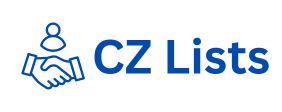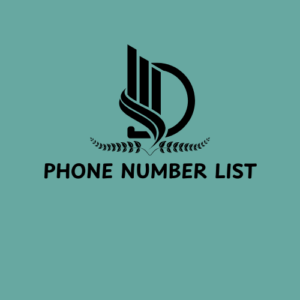To sharpen your active listening skills, you’ll need to eliminate distractions during client interactions. Silence your phone, close unnecessary tabs, and give your full attention to the client’s words and non-verbal cues. By practicing empathetic responses, you’ll demonstrate that you truly hear and understand your client’s needs, fostering trust and strengthening your agency-client relationship. Minimize Distractions Active listening is a cornerstone of effective client communication, but countless distractions can derail even the most attentive marketers. To guarantee you’re fully present during client interactions, create distraction-free environments that foster focused communication. Start by silencing your phone and closing unnecessary browser tabs or applications on your computer. If you’re meeting in person, choose a quiet space away from office chatter and foot traffic. During virtual meetings, use a neutral background and wear headphones to minimize external noise. Inform colleagues that you’re unavailable during client calls to prevent interruptions.
Practice Empathetic Responses
Beyond active listening, empathetic responses form the bedrock of strong client relationships. As a marketing agency, you must cultivate emotional intelligence to truly connect with your clients. Practice client empathy by putting yourself in their shoes, understanding their perspectives, and acknowledging their concerns. This approach fosters trust development and strengthens your partnership. Implement compassionate communication techniques to belgium phone number lead show you genuinely care about your clients’ success. When they express frustrations or disappointments, respond with understanding and offer solutions. This method not only aids in conflict resolution but also demonstrates your commitment to their goals. Embrace cultural sensitivity when interacting with diverse clients. Recognize that different backgrounds may influence communication styles and business expectations. By adapting your approach, you’ll build stronger connections and avoid misunderstandings.
Implement Regular Check-ins
Consistency is the cornerstone of effective client communication. Implementing regular check-ins with your clients establishes a solid foundation for relationship building and trust development. By maintaining a steady communication frequency, you’ll create valuable feedback loops that enhance client satisfaction and align your efforts with their expectations. To implement effective regular check-ins: Establish a consistent schedule: Set up weekly, bi-weekly, or monthly meetings depending on project scope and client preferences. Prepare meeting agendas: Outline key discussion points to guarantee productive conversations and address all essential aspects of ongoing campaigns. Adapt to various communication styles: Offer flexibility in check-in formats, such as video calls, phone conversations, or in-person meetings, to accommodate client preferences. Follow up strategically: Send concise summaries after each check-in, highlighting action items and next steps to maintain momentum. Regular check-ins demonstrate your commitment to proactive outreach and client success.
Utilize Project Management Tools
Project management tools can revolutionize your client communication strategy. You’ll streamline task assignments, track project progress, and centralize document sharing, all within a single platform. By implementing these tools, you’ll enhance transparency, boost efficiency, and demonstrate your agency’s commitment to organized, results-driven processes. Streamline Task Assignments Effective task management is the backbone of successful client communication. By streamlining task assignments, you’ll enhance productivity and guarantee your team c phone number delivers results that exceed client expectations. Implement a system that promotes collaborative brainstorming and task prioritization to keep everyone aligned and focused on client goals. To streamline your task assignments effectively: Establish clear roles and responsibilities for each team member Break down larger projects into smaller, manageable tasks Set realistic deadlines and milestones for each assignment Regularly review and adjust workloads to maintain balance
Track Project Progress
Staying on top of project progress is essential for maintaining client trust and delivering results on time. To achieve this, you’ll need robust project management tools that offer extensive tracking capabilities. Implement visual dashboards that display key progress metrics and performance indicators at a glance. These tools allow both your team and clients to monitor project timelines and milestone tracking effortlessly. Incorporate accountability measures by assigning specific tasks to team members and setting clear deadlines. Regular status updates keep everyone informed and aligned on project goals. By focusing on relevant performance indicators, you’ll demonstrate your agency’s value and commitment to achieving results. Remember, effective project tracking isn’t just about monitoring tasks—it’s about showcasing your strategic approach and brand-focused efforts. With the right tools and processes in place, you’ll enhance client communication and drive successful project outcomes.


